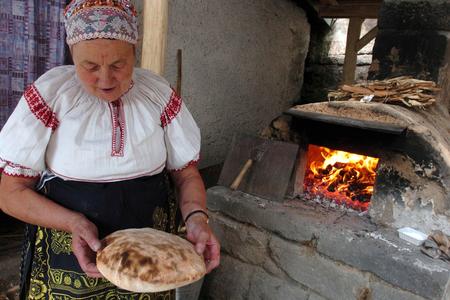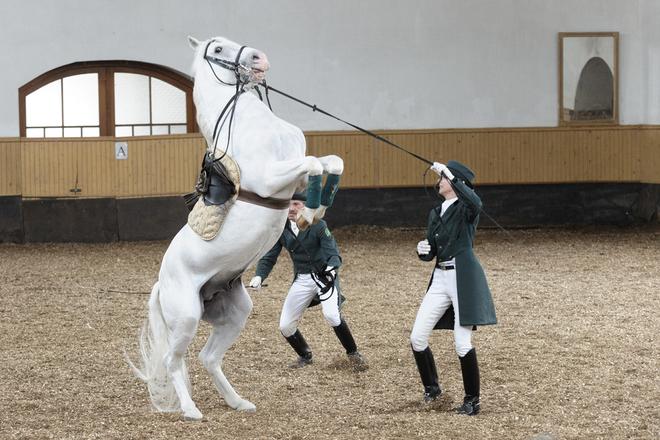Together with another seven countries, Slovakia succeeded with the joint nomination of Lipizzan horse breeding traditions. The breeding has been granted the UNESCO Intangible Cultural Heritage status.
The UNESCO Intergovernmental Committee decided to include these traditions on the protected list at its 17th session in Rabat, Morocco on Thursday.
This marks Slovakia's ninth entry on the list, joining fujara, an overtone flute, tinkery, blueprint, and other cultural phenomena.

Last year, Slovakia's falconry was added to the list as well.
According to Agriculture Minister Samuel Vlčan, the inclusion of the breeding is the highest form of appreciation for the activities of entire generations of Slovaks. Culture Minister Natália Milanová also praised the new entry.
The origins of Lipizzan breeding date back to the 16th century. It is named after the village of Lipica in modern Slovenia. In 1580, Habsburg Emperor Ferdinand I established a stud farm near the village. Despite the almost 500-year history of the lineage, the Lipizzan horse is an endangered breed. Currently it is estimated that there are only 8,000 left in the world.
Aside from Slovakia, the tradition continues today in seven other European countries: Austria, Bosnia and Herzegovina, Croatia, Hungary, Italy, Romania, and Slovenia. The countries submitted the bid in 2020.

Today, the horses are included in events, celebrations and festivities such as blessings, carnival processions, and parades, as well as oral folk traditions. They also play a key role in therapeutic riding and sustainable tourism.
The tradition was included in the Slovak national cultural heritage list in 2017.



 Training of a Lipizzan horse in Topoľčianky. (source: TASR)
Training of a Lipizzan horse in Topoľčianky. (source: TASR)